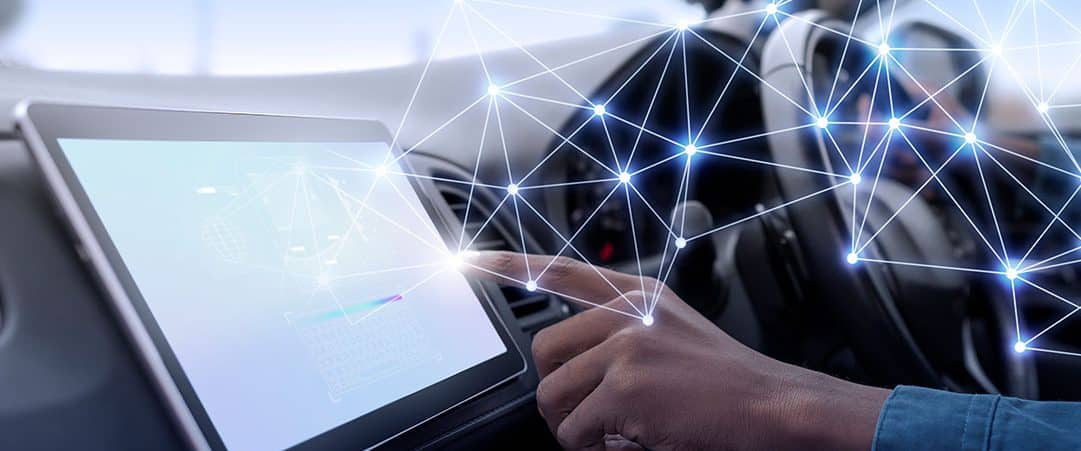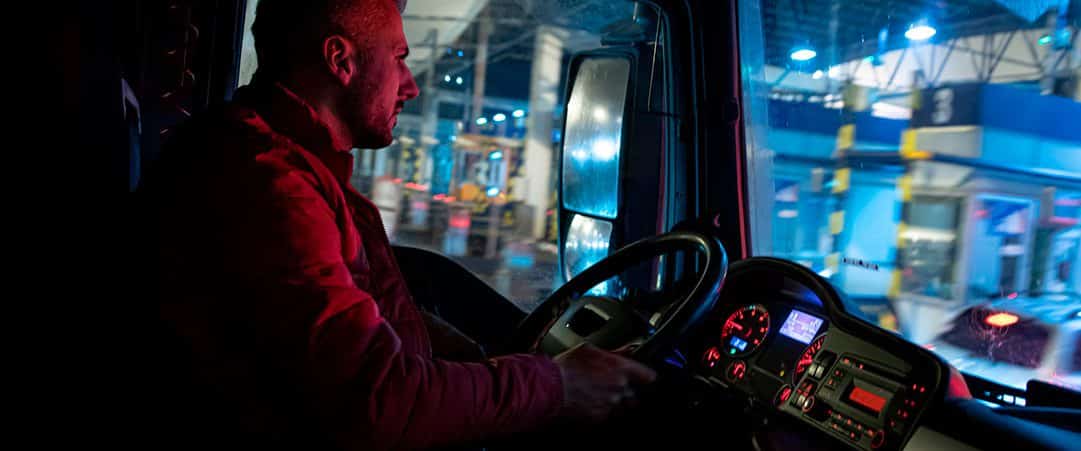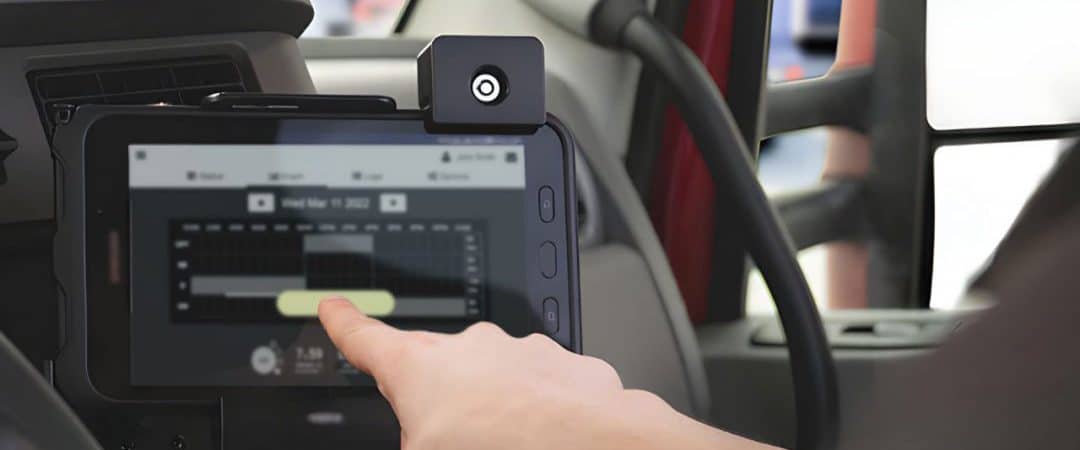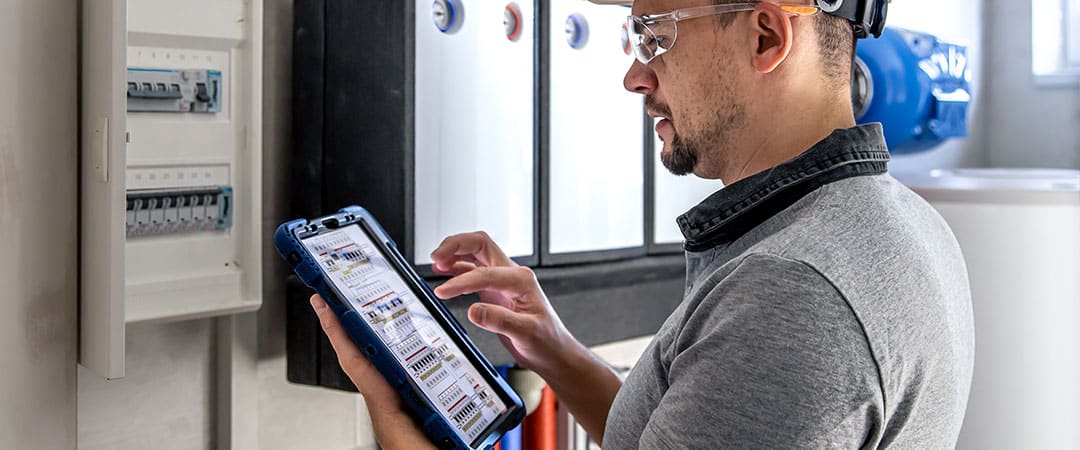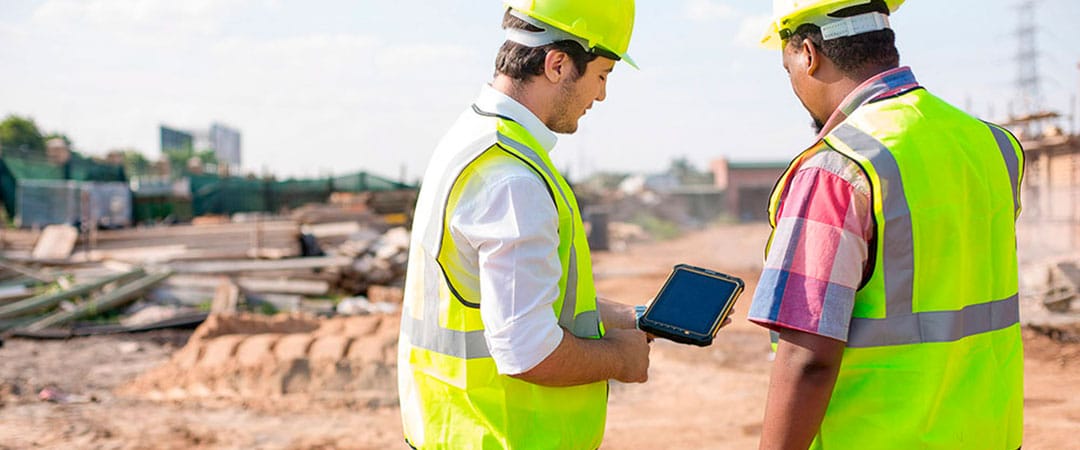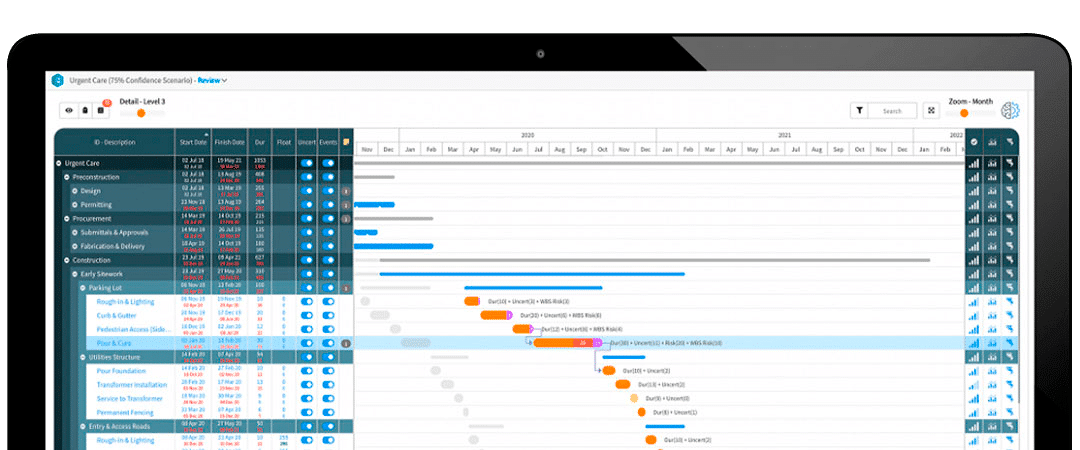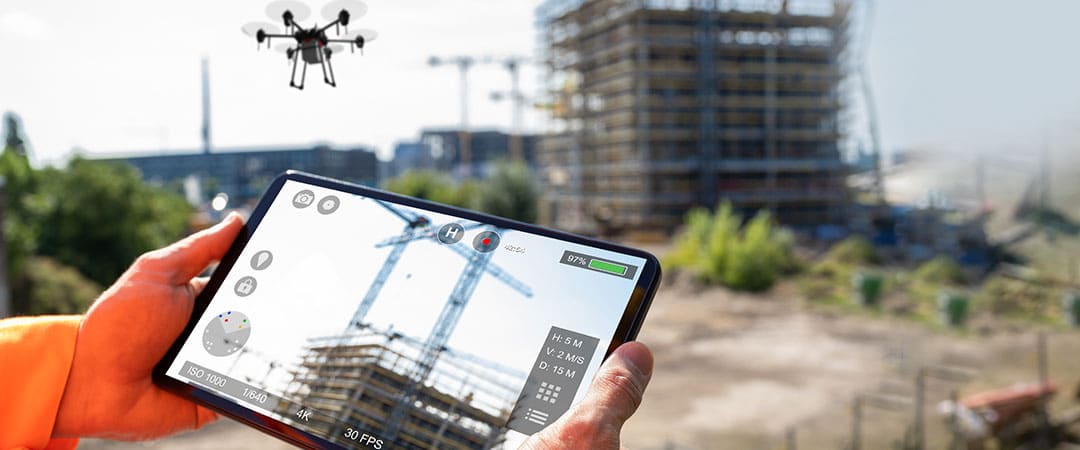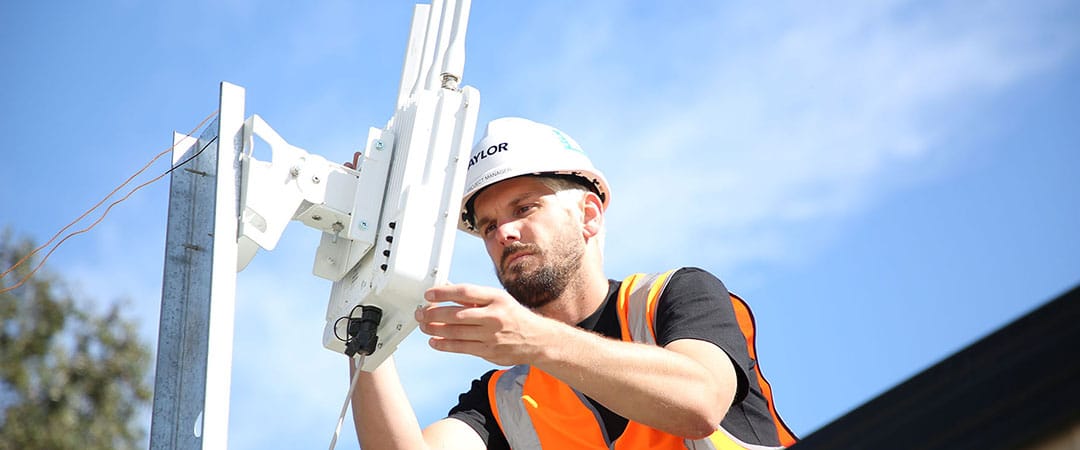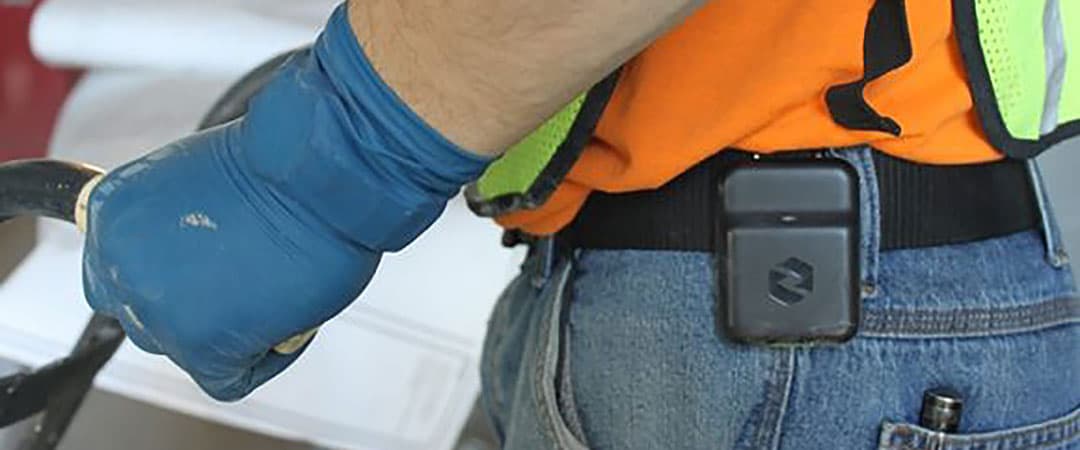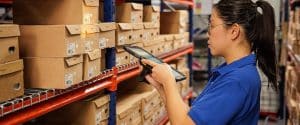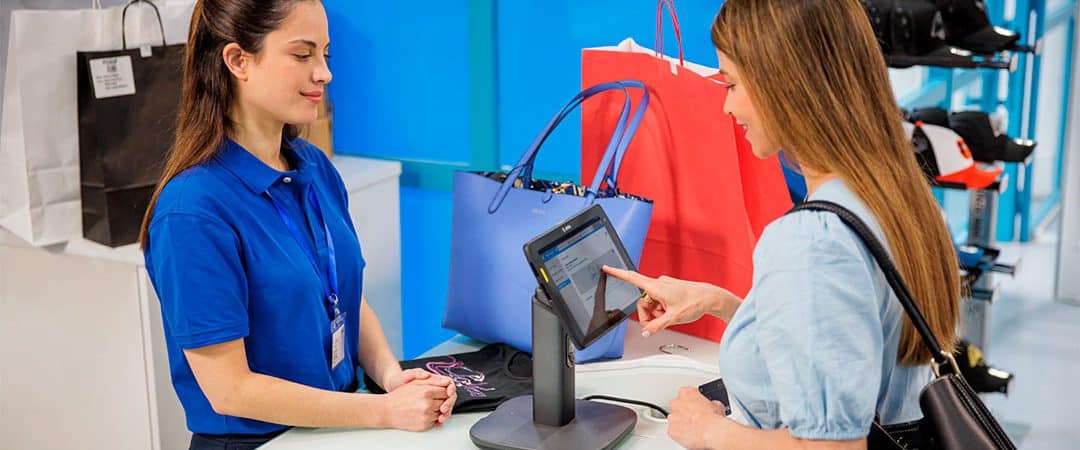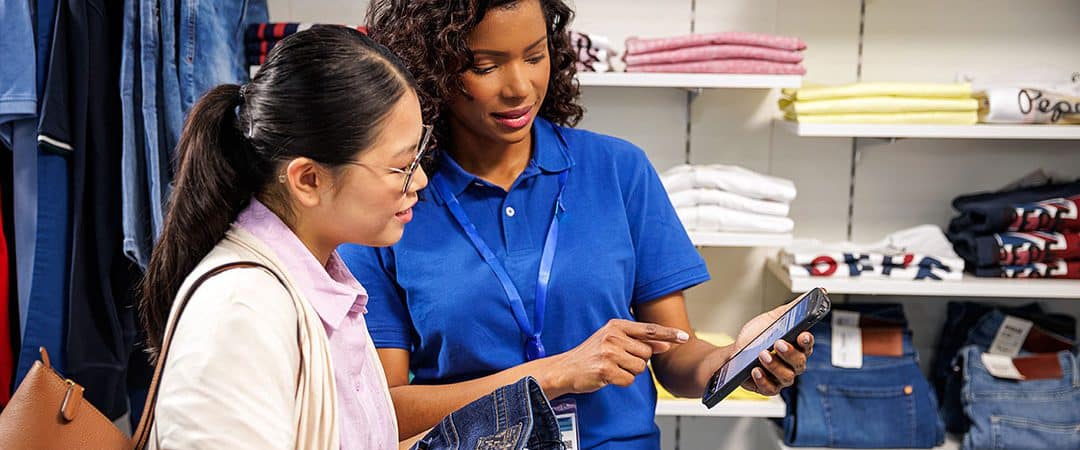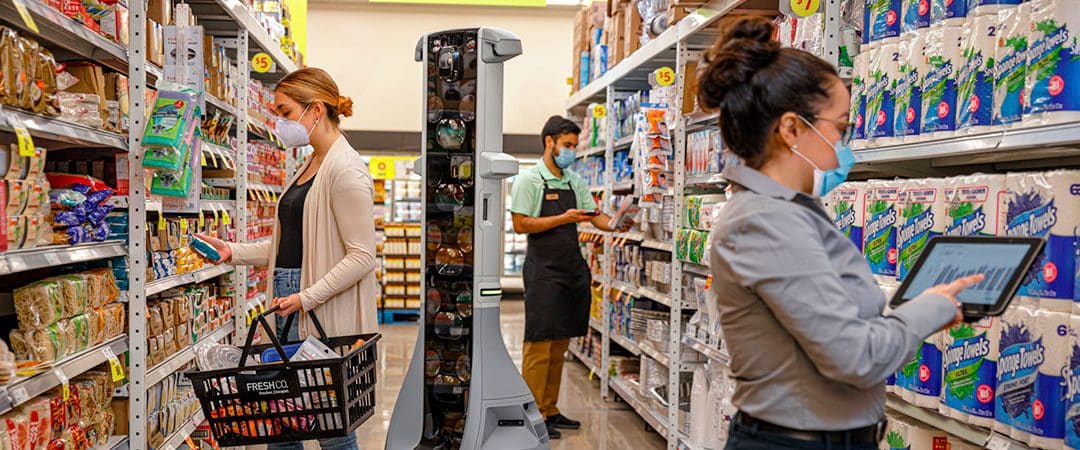What is RFID?
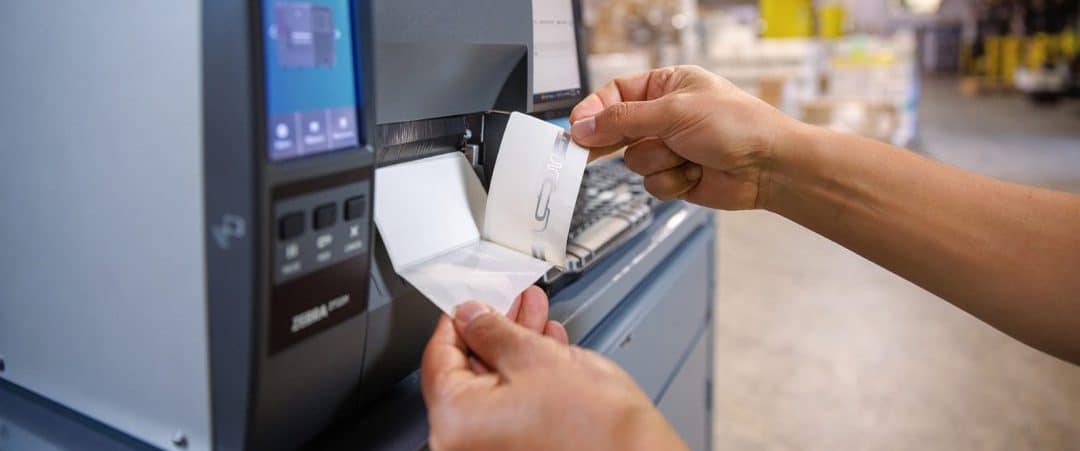
What is RFID?
Radio-frequency identification (RFID) uses radio waves to identify and track tags attached to objects and, in some cases, persons. Specific radio frequencies energize and activate RFID tags allowing RFID readers to access stored information. Unlike passive tags, battery-powered RFID tags constantly transmit and don’t need to be energized.
RFID was invented during WWII
Rudimentary forms of the technology served as listening devices that radio waves could energize or as powered transponders that identified friendly aircraft during WWII. In our modern world, the best example of the technology today would be the debit/credit card in your wallet.
How does RFID work?
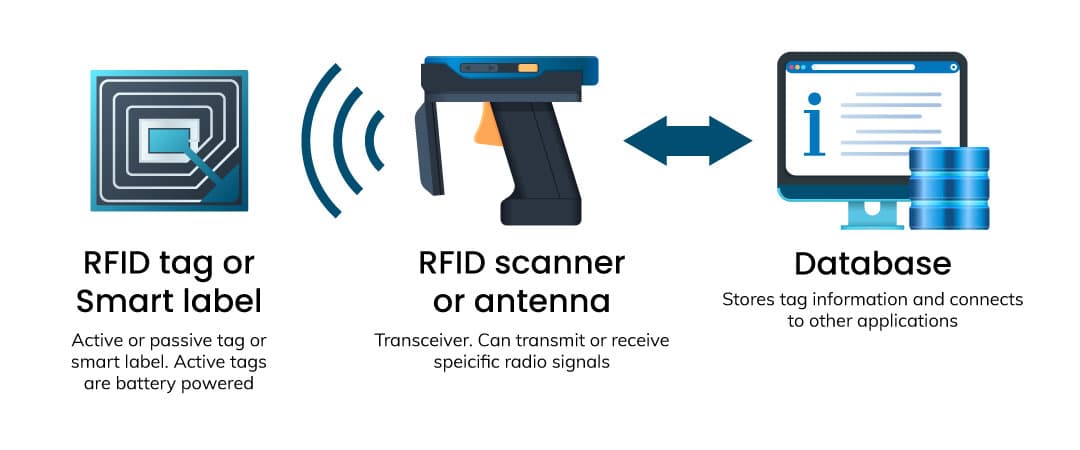
RFID waves are the same as your car's radio but at different frequencies and for specific uses. For it to work, you'll need a reader/scanner (the transceiver) and a tag/label (the transponder). RFID readers/scanners transmit radio waves that energize RFID tags and read the stored data. Unlike barcodes, it doesn't need a direct line of sight or proximity. However, a reader's transceive range can vary; Zebra's RFD40, for example, can read tags up to 20 feet.
Types of RFID
Low Frequency (LF)- covers 30 to 300KHz with slow read speeds but is less prone to radio wave interruption. For example, livestock tracking uses low frequency.
High Frequency (HF)- operates at 3 to 30MHz, and is moderately prone to radio interference. Useful for ticketing, checkout, and data transfers.
Ultra-high Frequency (UHF)- starts from 860 to 960MHz. While most prone to radio interference, manufacturers like Zebra have designed antennas that experience less interference. Most use cases for RFID belong to the UHF category because tags and readers are easier and cheaper to manufacture. UHF applications range from inventory management to anti-theft and anti-counterfeiting systems to wireless device configuration.
What’s inside an RFID tag/label?
Tag
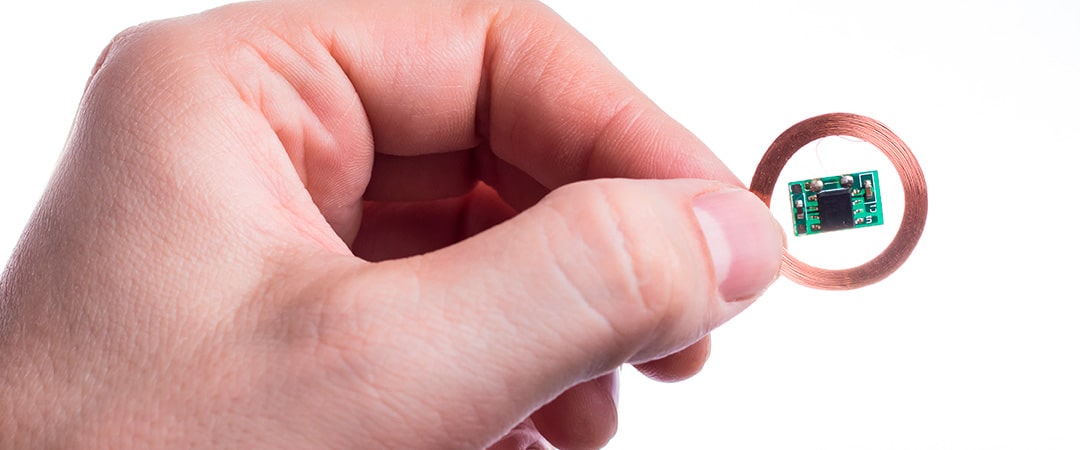
Tags can typically store up to 2KB of data or 128KB for some battery-powered tags. Tags are like mini radio receivers; they contain a circuit, and an antenna, enclosed in durable plastic. Modern RFID readers can read battery-powered active tags or energize passive tags. Tags can be read only or read-write. Read-write tags require specialized equipment like Zebra's portals, making deployment harder.
Smart label

If you've ever ripped up a price label on a shirt or a kitchen appliance, you've encountered a smart label. Modern use of RFID comes by way of smart labels. Which consists of simple circuits on an adhesive label with a barcode. These labels can be attached to anything, from Amazon packages to a hospital patient's wristband. And are very quick to deploy and encode with desktop RFID printers. It's hard to choose what's right for your business; we're here to help demystify it.
Why use RFID?
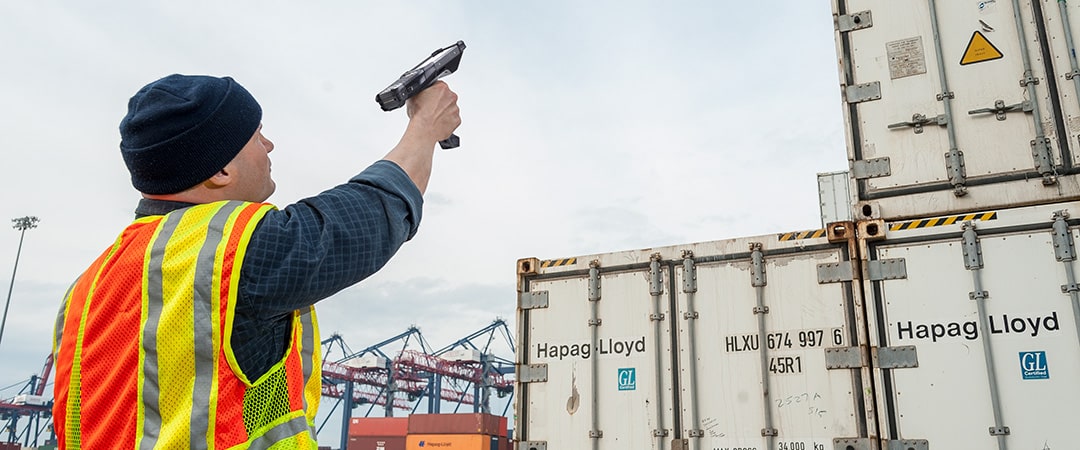
Incredibly accurate
Scan many tags and labels in one go because it doesn't require a direct line of sight, so they can reduce human error, which can occur with scanning individual barcodes.
Increased efficiency in automation
RFID readers can scan more items so that production processes can scale faster. As well as increase productivity for automated storage and retrieval systems in warehouses.
Cost savings
It introduces manufacturing and supply chain efficiencies, enabling businesses to trim operational costs.
A safer work environment
Safety systems integrate seamlessly with RFID for asset tracking, collision avoidance, equipment maintenance tracking, and more. It helps safety managers monitor safety on the production floor or at a construction site.
Theft prevention and asset tracking
It makes inventory management, stock checks, audits, and shrinkage reduction easier. Anti-counterfeiting operations can effectively clamp down on fake goods.
RFID VS Barcode
| Tags | Labels | Barcodes |
| No direct line of sight required | No direct line of sight required | Needs direct line of sight |
| Active tags can be read up to 300ft with UHF | Can be read up to 20ft* | Can be read up to 70ft* |
| Can be updated | Read-only | Read-only |
| Physical device | Printable label | Printable label |
*Depends on the scanner
Industries
- Agriculture for tracking livestock
- Retail for inventory and checkout
- Distribution centers for fulfillment
- Transportation for vehicle tracking and maintenance
- Healthcare for patient management
- Construction for worker safety
- Field services for parts inventory management
Is RFID risky?
Active tags with read-write access are risky. Thankfully, most tags and labels are passive and read-only, with encryption built into the circuits and readers. Most readers have radio shielding to prevent radio interference and signal cloning attempts.
The real risk for lies with personal devices or tags that reside inside debit/credit cards, where malicious actors can "skim" your cards and steal the information stored inside. Our solutions offer end-to-end security, from the tags/labels and readers to secure wired/wireless devices. Get peace of mind when you choose us.
Need help determining if RFID is right for your business? Let us help guide your transformation. Get a free consultation.
